NRNP 6675 Week 9 Discussion; Prescribing for Older Adults and Pregnant Women (Including Responses)
- $20.00
Content Preview
Prescribing for Pregnant Women
Among pregnant women, major depressive disorder is a prevalent mental condition. It could be challenging to tell some pregnant somatic problems from depression.
Nonpharmacologic and pharmaceutical therapies should be considered after diagnosis (Creeley & Denton, 2019). Antidepressants from different pharmacological classes are among the several pharmacologic treatments for depression that are often utilized. The main treatment objectives should be the remission of the patient's symptoms and restoring function (Gao et al., 2017). For best results, patients must be adequately followed up with and adhere to treatment plans.
FDA Approved Drug, Off-Label Drug, and Nonpharmacological Intervention
In the United States, SSRIs are frequently used to treat depression. Since its introduction to the market, fluoxetine has been the SSRI most prescribed to pregnant women. The recommended dose of Prozac for panic disorder ranges from 10 mg to 60 mg daily. The initial dose for depression is 20 mg per day, although the dosage may be increased or decreased based on symptoms (Gao et al., 2017). Suppose it is determined that lowering the dose is a relatively safe choice. In that case, it should be carried out under close observation and may necessitate adding nonpharmacological treatments such as psychotherapy.
Phenelzine is an off-label medication that can be used to treat prenatal depression. The use of monoamine oxidase inhibitors (MAOIs) during pregnancy and the postpartum period is little understood. The FDA has licensed Phenelzine to treat treatment-resistant depression, panic disorder, and social anxiety disorder. Phenelzine is particularly beneficial for young ladies with depression and mood problems. Dosage varies from 15 mg orally every other day to 30 mg three times daily. Patients should normally begin treatment with 15 mg three times daily (Creeley & Denton, 2019). The dosage may be increased to 60 to 90 mg per day in three or four divided doses; these increments are intended to determine the minimum effective amount, with a maximum daily dose of 90 mg.......... Continue
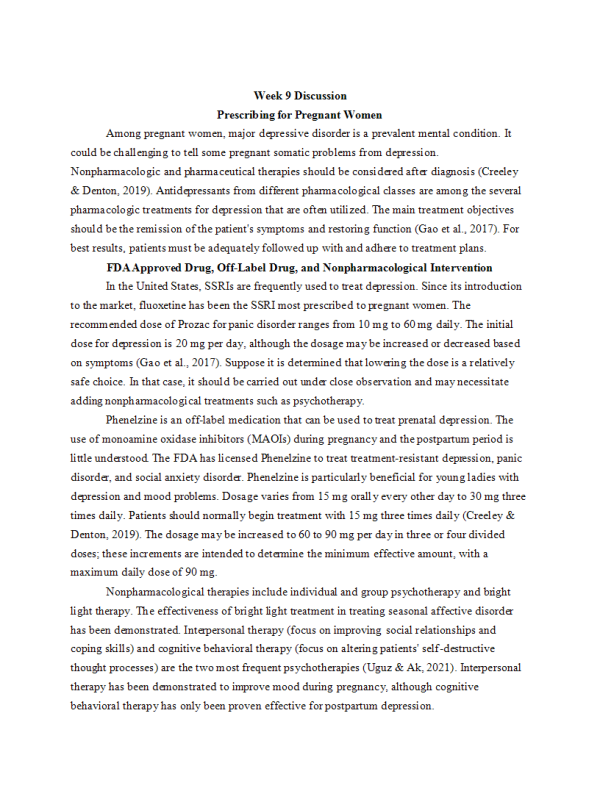
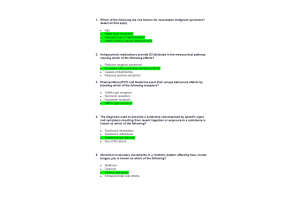
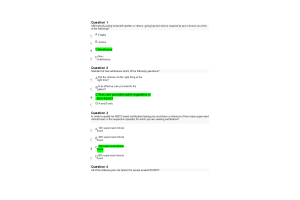
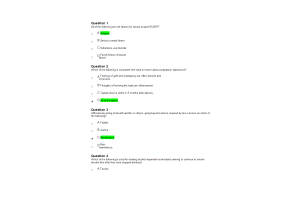



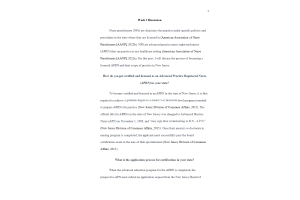
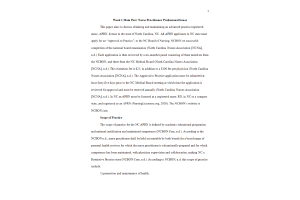
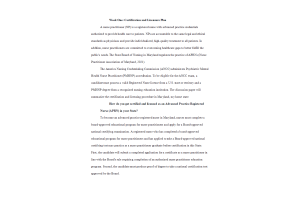
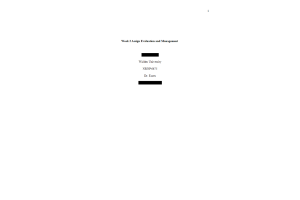

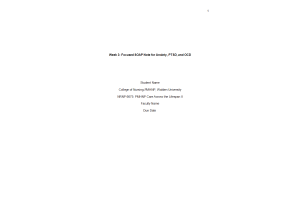
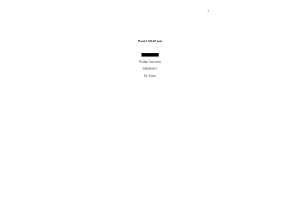
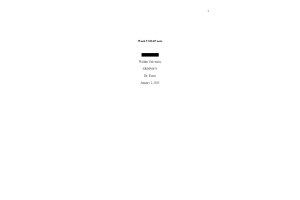
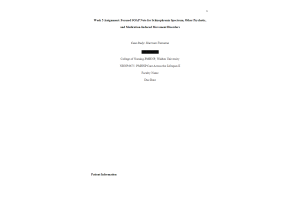
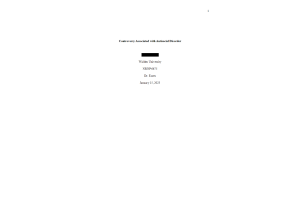
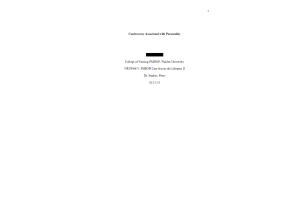



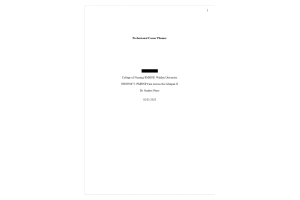
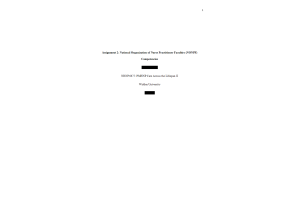
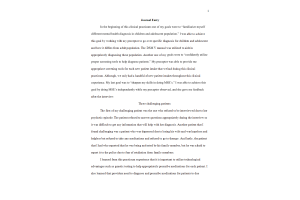

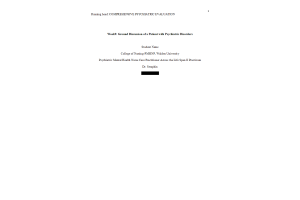



-300x200.png)

